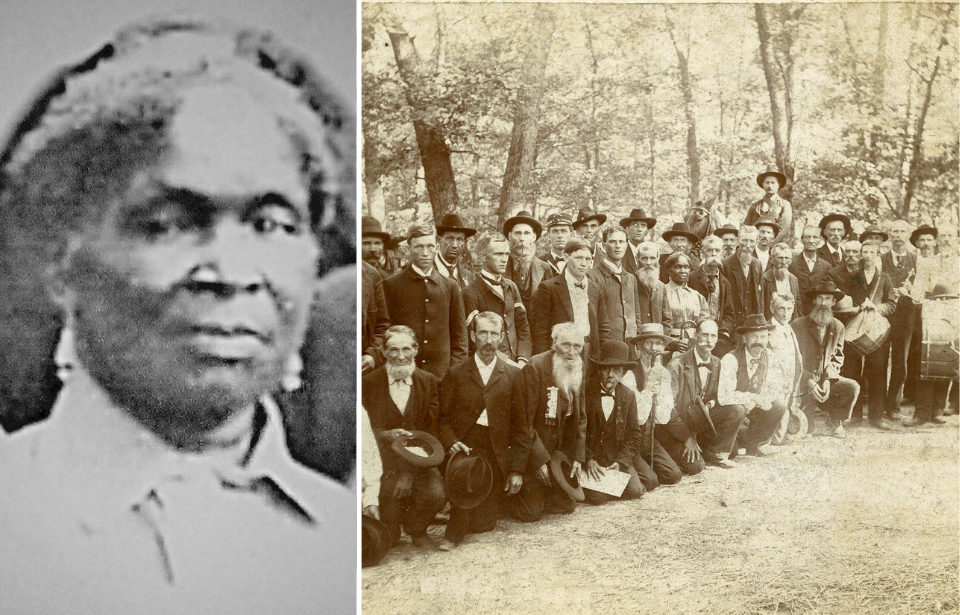The Emancipation Proclamation was signed on September 1862, one year into the Civil War. However, whether the Executive Order would be enforced was highly in doubt. The war did present the opportunity for African Americans to fight for their freedom and serve the Union armies in other ways. Lucy Higgs Nichols was one of those who took advantage of the situation.
The Civil War presented a unique opportunity for enslaved Americans
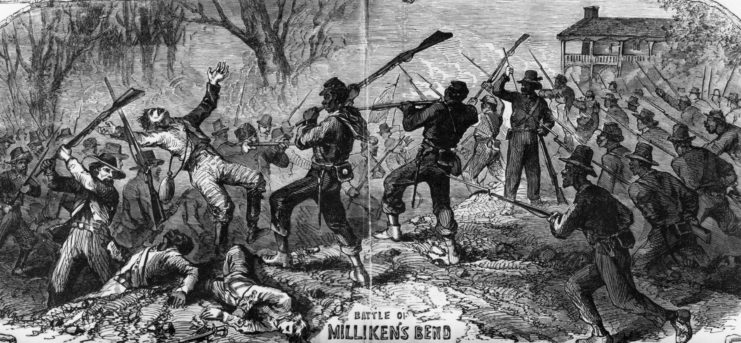
The Union Army and the Confederacy had a massive need for more soldiers, nurses, and aides. African Americans served the Confederacy as body servants, laborers, teamsters, hospital workers, and cooks. However, the people were pressed into service and didn’t have agency over their situations.
The Union was different. If the army was successful, freedom could soon come to enslaved Americans. By the end of the Civil War, 179,000 Blacks were serving in the Union Army and 19,000 more serving in the Navy. This represented 10% of the Union fighting force. Due to prejudice, though, these soldiers were not as involved in the fight as they could have been.
Women could help to serve the Union Army as well. There were needs for cooks, washerwomen, and especially nurses.
Lucy Higgs Nichols Escapes to the Union Army
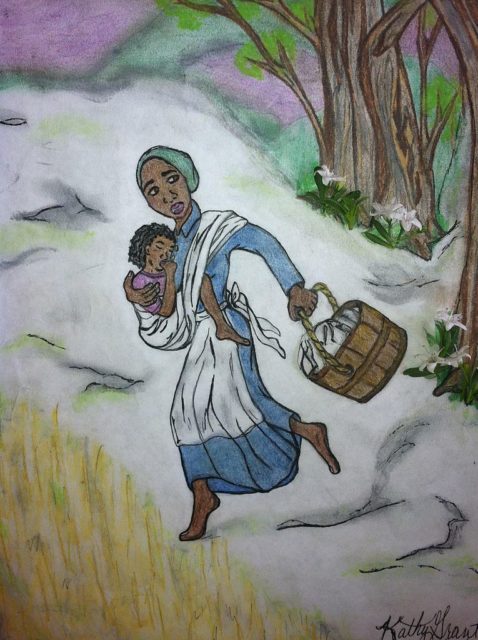
24-year-old Lucy Higgs was enslaved at a property in Grays Creek, Tennessee. Once the war broke out, she decided to leave her slave-holding state and join the Union Army. In June of 1862, Higgs, her daughter Mona, and a handful of other enslaved people made the 30-mile journey to Bolivar, Tennesee, where the 23rd Indiana Infantry Regiment was set up. Major Shadrack Hooper recorded her arrival into the group. Hooper even added a nice description, noting that Lucy was “someone having integrity, honesty, intelligence, always smiling, cheerful and kind, a willing washerwoman, seamstress, nurse, cook, and singer, as well as a rattling good forager.”
Her most important job was as a nurse
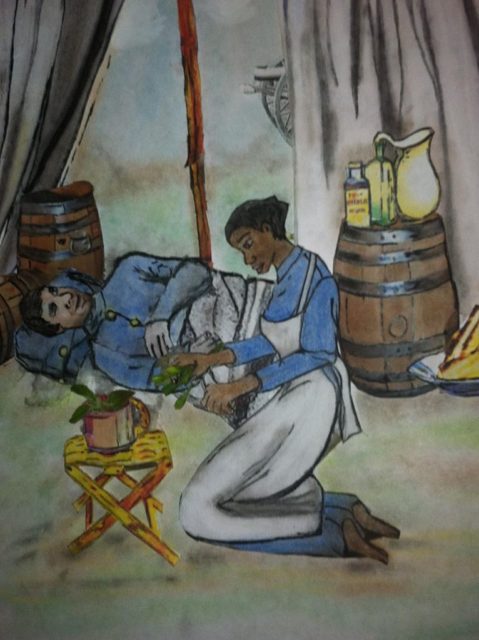
In his description of Higgs, Major Hooper described her as a good forager. This was especially important in her nursing duties. The injuries suffered by soldiers during the battles were severe, but there were poor medical options to treat them. And the standard medical supplies of the day were difficult to get due to the war. Many soldiers died from easy-to-treat infections.
Higgs was an expert at finding herbs in the forest that could be used instead of medicine. Mullein leaf was used to treat asthma and gout. Hops could be boiled to be used as a sedative. Wild onions could be used to treat scurvy. And some soldiers put tarragon leaves in their boots to keep their feet warm. Few were better than Lucy Higgs at finding these herbs and administering them to the troops.
Lucy was there for many of the war’s major battles
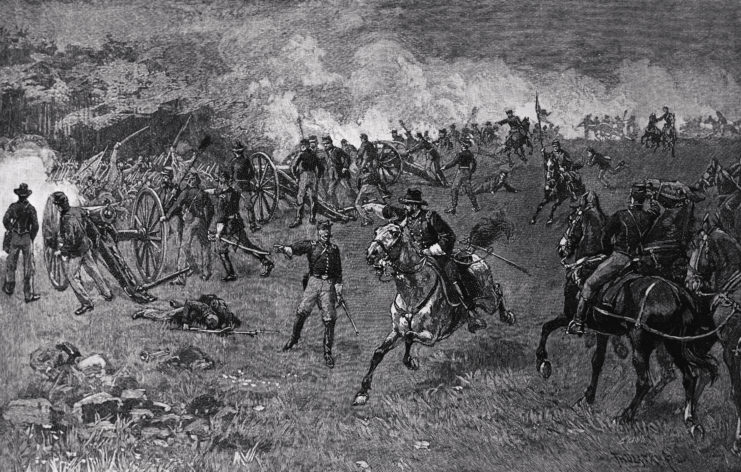
There was a significant tragedy for Lucy during the war. Her first husband served under General Grant, but it is not known what became of him. Her daughter Mona was killed during the Siege of Vicksburg. She was given a funeral by the 23rd regiment and buried with flowers.
Throughout the war, Lucy was present for nearly every siege. She later followed General William Tecumseh Sherman as he made his legendary March to the Sea. When the war ended, Higgs stayed with the regiment and settled in the town of New Albany, Indiana as a free woman.
Lucy’s exploits following the battle.
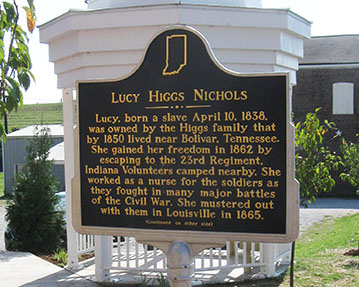
After losing her husband and daughter during the war, Lucy worked as a nurse and worked with the same soldiers from the battlefield. She was beloved by the veterans. Fraternal veteran organizations formed soon after the war, and Lucy was made an honorary member of the Grand Army of the Republic’s Sanderson Post. She attended every meeting.
Lucy married a man named John Nichols, but they did not have any additional children. She became nationally known in 1898 when she fought for a nurse’s pension. Thanks in part to the support of her fraternal organization, she was eventually granted $12 a month. Higgs Nichols died in 1915 at the age of 76.
A plaque in her honor was erected in her adopted hometown of New Albany, Indiana. It reads:
“Lucy, born a slave, April 10, 1838, was owned by the Higgs family that lived in Bolivar, Tennessee. She gained her freedom in 1862 by escaping to the 23rd Regiment Indiana Volunteers camped nearby. She worked as a nurse for the soliders as they fought in many major battles in the Civil War. She mustered out with them in Louisville in 1865. Lucy came to New Albany with returning veterans of the 23rd Regiment. She married John Nichols, 1870. Lucy applied for pension after Congress passed 1892 act for Civil War nurses; she was denied. In 1895, Lucy and 55 veterans of the 23rd petitioned Congress; in 1898, a Special Act of Congress awarde her pension. Lucy was an honorary member of the GAR. She died in 1915.”
